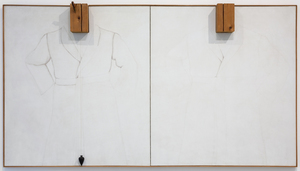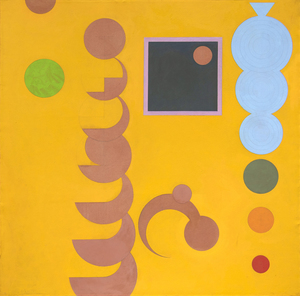L'impressionnisme chez Heather James Fine Art
Rejoignez la directrice principale, Andrea Rico-Dahlin, alors qu'elle vous présente une superbe sélection d'œuvres impressionnistes, dont Renoir, Sisley, Monet et Caillebotte. L'impressionnisme est une préoccupation chez Heather James Fine Art. Nous nous concentrons sur la recherche de ces chefs-d'œuvre du début de l'ère moderne pour les clients qui cherchent à acheter, ainsi que sur la recherche de la bonne maison pour les œuvres des collectionneurs qui cherchent à vendre.

































_tn43914.jpg )




_tn37191.jpg )




